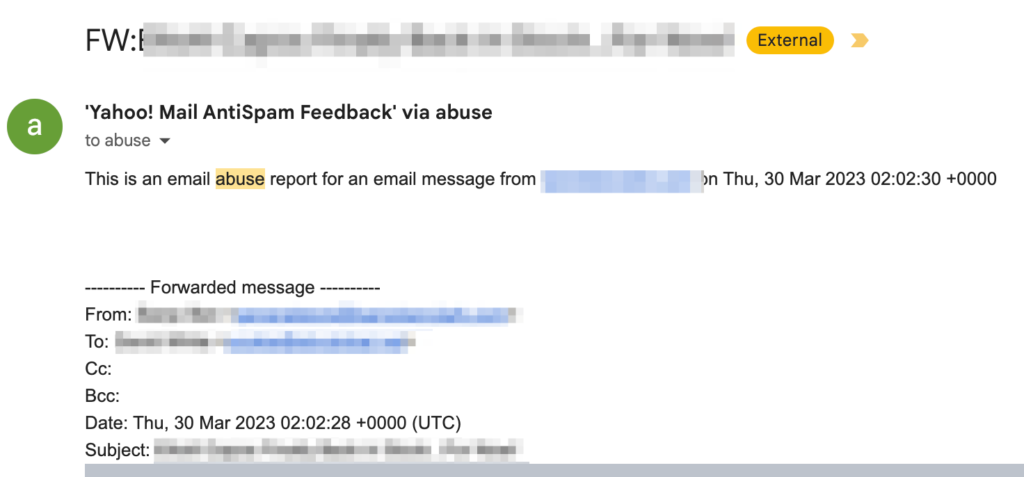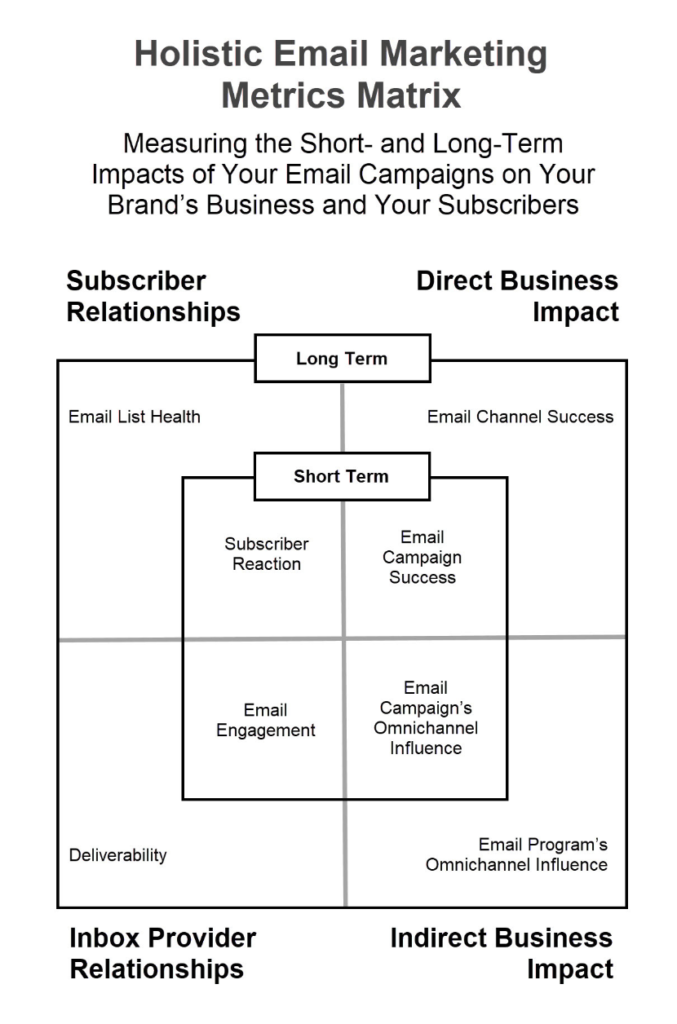Two compelling cases are happening:
All messages from a client to Google (Workspace or Gmail) recipients are being blocked.
I asked him to do a test: to send the same message to two of my email addresses (one from Google and one from Namecheap). Both addresses in the To field of the same message.
I received the one from Namecheap; the other from Google was blocked.
I opened a support case with Google (of course, he doesn’t send spam.)

In the meantime, we’ll check this hypothesis (source):
Their sender account is from Microsoft, and as they probably use a shared IP, I asked them to contact Microsoft’s support, explain the situation, and ask them if changing the IP associated with your email server is possible.
Finally, I asked to share permissions with their Google Postmaster Tool, and to upgrade the DMARC policy to “quarantine.”
I’ll post an update here as soon as we have (good) news.
Frequent spam complaints received by another client (opted-in subscribers)
I was intrigued because it is a well-established e-commerce with opted-in subscribers.
But we frequently receive spam complaints from Yahoo’s FBL like this one:

Upon closer inspection of the messages, I realized that the newsletter’s template is so long that the “unsubscribe” section is not immediately visible in some email clients.

One needs to click on “view entire message” (or similar) to be able to unsubscribe.
This may be the reason for these quite frequent spam complaints.
So, I recommended making the messages shorter.
How do you monitor and analyze email campaign performance? What key performance indicators (KPIs) do you focus on, and how do you use this data to optimize future campaigns?
This is one of the most frequently asked question I receive.
My answer:
I use the email marketing metrics framework from Chad White, author of Email Marketing Rules:

If I don’t have metrics, I start from Direct Business Impact => Email Campaign => Revenue and profit.



Comment